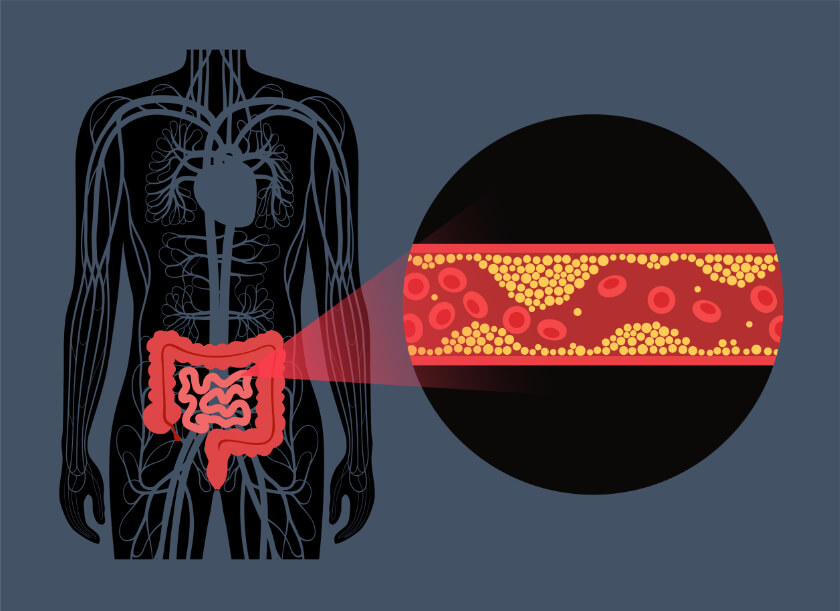
The Important Role of Radiology in Gender Reassignment Surgery

Approximately 0.6 percent of adults in the United States – about 1.4 million people – identify as transgender, according to research by Williams Institute. About 30,100 people New Jersey adults (0.44 percent) identify as transgender. Gender reassignment surgery can greatly improve the quality of life for transgender people. Every member of the medical and surgical team, including radiologists and the radiology department, play an important role in gender reassignment surgery.
Research shows that, overall, transgender individuals have a lower quality of life because of higher rates of depression, drug abuse, and suicide. Gender reassignment surgery improves the quality of life for most of the transgender people who make the decision to undergo it. The treatment can improve psychosocial function, enhance stability in relationships, and bring about higher levels of happiness and contentment in those who have transitioned.
A transgender person is someone whose gender identity does fully align with the gender assigned to them at birth. Gender reassignment is a type of medical intervention that changes the patient’s body so that it more closely matches the patient’s identity. Radiology helps doctors plan surgical treatments and monitor patients for complications.
About Gender Reassignment
Gender reassignment is a medical or surgical procedure or series of procedures that alters someone’s physical appearance and function of their sexual characteristics, so that the patient’s body more closely resembles the gender with which they identify.
Medical procedures for gender reassignment include hormone treatments that change and maintain certain anatomical features. Gender reassignment surgery, also known as sex reassignment surgery, makes permanent changes to the anatomy. Feminization surgeries result in anatomies that appear more feminine, and masculinization surgeries result in anatomies typically considered male.
Feminization surgeries include vaginoplasty to construct or reconstruct a vagina, breast augmentation mammoplasty to increase the size and alter the shape of breast tissue, orchiectomy to remove the testicles, facial feminization surgery, reduction thyrochondroplasty to reduce the appearance of the Adam’s apple, and voice feminization surgery.
Masculinization surgeries include chest masculinization or “top surgery” to remove female breasts to create a male chest, hysterectomy to remove the uterus and other female reproductive organs, and metoidioplasty, phalloplasty, and scrotoplasty to create a penis.
The Role of Radiology Before and After Gender Reassignment
The number of people undergoing gender reassignment surgery is still relatively small, but it will likely increase as more transgender individuals discover the quality of life benefits the treatment brings. As the result, radiology departments will have more opportunities to provide specialized care for patients undergoing gender reassignment.
Radiology is an important part of gender reassignment care in a number of ways up and above the usual pre-operative chest x-ray. People who undergo gender reassignment surgery have specific needs when it comes to radiology. All medical and surgical treatments, including gender reassignment, carry a risk for complications. Radiology can help doctors and surgeons monitor patients for these complications. Magnetic resonance imaging (MRI) is the most reliable way to detect the two most common complications trans-females face after vaginoplasty genital reconstruction: hematomas, which is bleeding outside the blood vessels, and collection of fluid near the surgical site.
Radiology is an important part of medical care for those who have undergone body contouring procedures, particularly breast implants and subcutaneous mastectomy to remove breast tissue. Subcutaneous mastectomy preserves the area around the nipple and areola, which leaves a trans-male at risk for breast cancer and in need of regular breast cancer screenings after surgery. Trans-females who have undergone hormone replacement therapy prior to surgery have an increased risk of breast cancer and should therefore undergo routine breast screening. Radiology can also help doctors detect complications from breast implants.
Radiologists can sometimes use medical imaging to detect and evaluate complications associated with the urethra, which is the tube that carries urine from the bladder to the outside world. Medical imaging can detect “functional strictures” that prevent urine from moving through the urethra. Radiologists can also use medical imaging to detect problems with penile implants, such as infection, poor position and even separation.
Medical imaging is helpful before facial feminization, in which surgeons reduce certain parts of the skull to feminize appearance. Surgeons use pre-operative medical imaging to assess features, such as the size of the patient’s sinus cavities and bone structure. Medical imaging can also help doctors assess the effects of injections, fillers and silicone prostheses used to change facial features, which can erode bones, cause blood clots or other complications.
For more information about the importance of radiology for gender reassignment surgery, speak with your doctor or radiologist. Every member of your radiology team is working to improve care for every patient.




